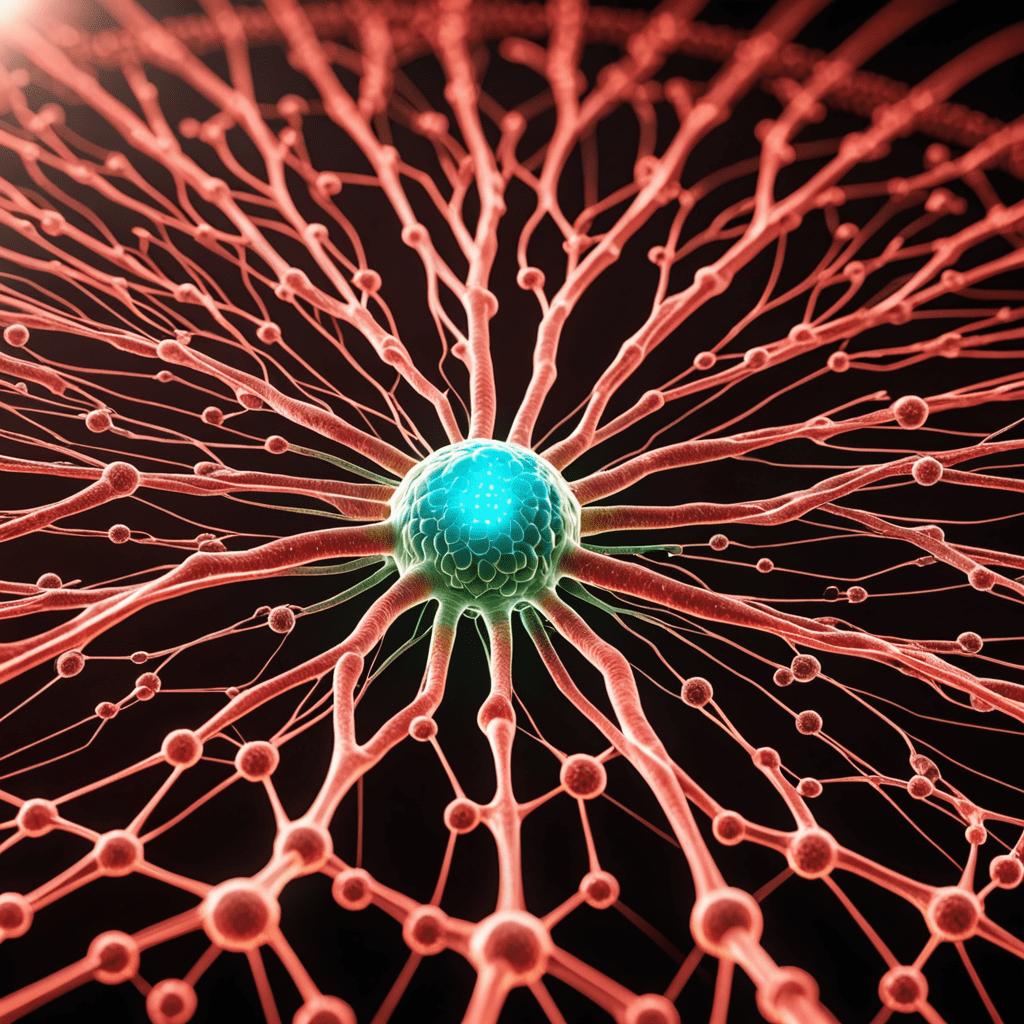
Nanotechnology in Cancer Therapy: Innovative Treatment Approaches
In recent years, nanotechnology has emerged as a groundbreaking approach in cancer therapy, offering innovative solutions for treating various types of cancer. This cutting-edge technology utilizes nanoparticles, which are minuscule particles with unique properties, to target cancer cells with precision. Let’s delve into the fascinating world of nanotechnology in cancer therapy and explore the innovative treatment approaches it offers.
Understanding Nanotechnology in Cancer Therapy
Nanotechnology involves the manipulation of materials at the nanoscale level, typically ranging from 1 to 100 nanometers. In cancer therapy, nanoparticles are designed to selectively target cancer cells while minimizing damage to healthy tissues. These nanoparticles can carry drugs, imaging agents, or other therapeutic agents, enhancing their delivery and efficacy in treating cancer.
Targeted Drug Delivery Systems
One of the key advantages of nanotechnology in cancer therapy is its ability to deliver drugs directly to cancer cells. Nanoparticles can be engineered to release drugs at the tumor site, maximizing their effectiveness while reducing side effects. This targeted drug delivery system shows great promise in improving treatment outcomes for cancer patients.
Theranostics: Combined Therapy and Diagnostics
Theranostics is a rapidly evolving field that combines therapy and diagnostics into a single approach. Nanoparticles can be functionalized to not only deliver therapeutic agents but also to provide real-time imaging of the tumor. This integrated approach allows for personalized treatment strategies tailored to the unique characteristics of each patient’s cancer.
Enhanced Imaging Techniques
Nanotechnology has revolutionized cancer imaging techniques by enabling more precise and sensitive detection of tumors. Nanoparticles can be designed to enhance imaging modalities such as magnetic resonance imaging (MRI), computed tomography (CT), and positron emission tomography (PET). These advanced imaging techniques aid in early detection, accurate diagnosis, and monitoring of cancer progression.
Immunotherapy Advancements
Nanotechnology plays a crucial role in enhancing the effectiveness of immunotherapy in cancer treatment. By engineering nanoparticles to deliver immune-stimulating agents directly to the tumor microenvironment, researchers can boost the immune response against cancer cells. This innovative approach holds immense potential for improving the outcomes of immunotherapy in patients with various types of cancer.
Challenges and Future Directions
While nanotechnology offers promising opportunities in cancer therapy, it also presents challenges such as ensuring the safety and biocompatibility of nanoparticles. Researchers continue to explore novel strategies to overcome these hurdles and further enhance the efficacy of nanotechnology-based treatments. The future of cancer therapy is undoubtedly intertwined with the ongoing advancements in nanotechnology.
Conclusion
As we witness the rapid evolution of nanotechnology in cancer therapy, it is evident that this innovative approach holds tremendous potential for revolutionizing the way we treat and manage cancer. By harnessing the unique properties of nanoparticles, researchers and clinicians are paving the way for more effective, targeted, and personalized cancer treatments. The synergy between nanotechnology and cancer therapy is poised to shape the future of oncology, offering new hope for patients battling this complex disease.
FAQs about Nanotechnology in Cancer Therapy
What is nanotechnology in cancer therapy?
Nanotechnology in cancer therapy involves using tiny particles called nanoparticles to diagnose and treat cancer. These nanoparticles are designed to target cancer cells specifically, reducing damage to healthy cells.
How does nanotechnology improve cancer treatment?
Nanotechnology enables more precise delivery of drugs to tumors, enhancing treatment effectiveness and reducing side effects. It also allows for early detection of cancer cells and personalized treatment approaches.
What are some innovative nanotechnology approaches in cancer therapy?
Some innovative approaches include using nanovaccines to boost the immune system against cancer, employing nanobiosensors for early detection, and developing targeted drug delivery systems for improved efficacy.
Are there any limitations to nanotechnology in cancer therapy?
While nanotechnology shows great promise, challenges such as biocompatibility, regulatory hurdles, and the potential for nanoparticle accumulation in organs need to be addressed for widespread clinical application.


